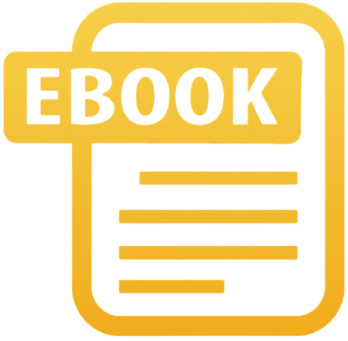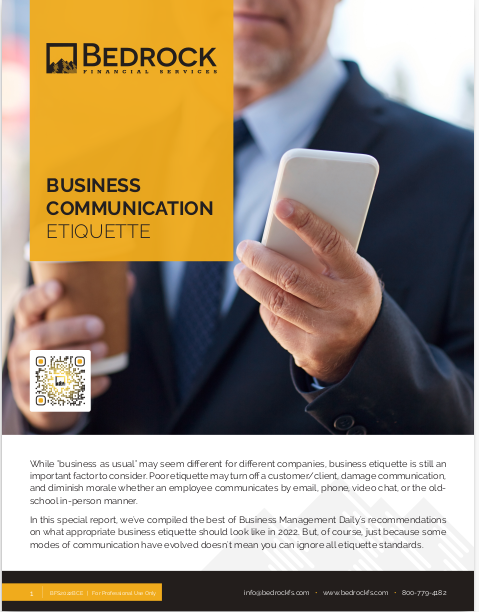Key Takeaways
-
A single, well-crafted email sent at the right moment can radically shift your client relationships, especially during early interactions.
-
This email is not about selling—it’s about positioning, trust-building, and humanizing your professional identity.
Why One Email Matters More Than You Think
In the daily flood of messages clients receive, most emails blur together. Insurance updates, policy reminders, renewal notices—they’re necessary but transactional. Rarely do they change how a client feels about you. But there’s one email that does. One that doesn’t just inform, but transforms how you’re seen: as a guide, not a vendor. As a partner, not a pitchman.
This email sets the tone for your entire relationship. It becomes the moment you stop being the agent who sells insurance and start being the person who solves problems. That shift in perception is where client loyalty begins.
The Right Timing
Sending this email too early makes it feel generic. Too late, and you miss the window to define your relationship. The optimal timing is within 24 to 48 hours of your first meaningful interaction. That could be:
-
After an initial consultation (in person, phone, or virtual)
-
After a lead downloads a resource from your site
-
After a referral introduces you via email
This short window is when curiosity is highest, impressions are still forming, and attention hasn’t drifted.
What This Email Does (and Doesn’t Do)
This isn’t your follow-up to close a deal or a generic thank-you. It’s a positioning tool. Here’s what it does:
-
Clarifies who you are beyond your role
-
Explains why you do what you do
-
Outlines how you help, in human terms
-
Sets expectations and tone for your future communications
And what it doesn’t do:
-
Sell a product
-
List policy options
-
Talk about price or plan features
Instead, it opens the door to meaningful conversation. It shifts the client from buyer mode to relationship mode.
Crafting the Core Message
Every part of this email should serve a single goal: making the client think, “I trust this person.” To do that, break your message into four key sections:
1. Personal Opener
Start with something human. Mention the specific meeting, conversation, or referral that led to the message. Be warm, but precise. For example:
“It was great speaking with you yesterday about your plans for your growing family. I appreciated how open you were about the things that keep you up at night—those conversations matter.”
This shows you listened. You’re not sending a template. You’re reflecting them back to themselves.
2. Your Philosophy
This is the heart of the email. Share what drives you—not just professionally, but personally. Why do you do this work? Why should someone trust you with decisions that affect their family or future?
A good structure is:
-
One paragraph that explains your “why”
-
One sentence that shows what this means for them
“I’ve seen too many families left unprotected simply because they didn’t know what questions to ask. That’s why I approach every conversation with education first. I want you to feel confident—not overwhelmed—when you make decisions.”
This reframes your role from seller to guide.
3. What They Can Expect
Now, outline how you operate. People fear surprises and pressure. Remove those. Tell them what working with you actually looks like, especially if they’re new to insurance conversations.
Include phrases like:
-
“I’ll always be upfront about what you need—and what you don’t.”
-
“No obligation, no pressure—just clarity.”
-
“We’ll move at your pace, not mine.”
This creates safety. And safety builds trust.
4. Clear and Gentle Next Step
Don’t end vaguely. But also don’t close hard. Offer a next step that feels light, useful, and low-friction.
“If it’s helpful, I’m happy to send over a short summary of what we discussed and a few initial thoughts to consider. Just let me know.”
Or:
“When you’re ready, we can look at how your current coverage compares to your needs. No rush—just let me know when the time feels right.”
This keeps the door open without sounding like a pitch.
Writing Style That Builds Trust
Beyond content, your tone matters deeply. Clients don’t read your words—they read your intent. Here’s how to make sure that comes through:
-
Write like you talk. Polished but not stiff.
-
Use short paragraphs. No blocks of text.
-
Avoid jargon. Use plain language. If they don’t understand, they won’t trust.
-
Be specific. Generic phrases like “happy to help” feel hollow. Instead, say how you can help.
-
Be brief. 200–300 words is enough.
Subject Lines That Actually Get Opened
You’ve written the perfect email—but none of it matters if it’s never opened. The subject line must be personal, clear, and curiosity-driven. Try lines like:
-
“Following up on our chat yesterday”
-
“Thoughts after our conversation”
-
“One thing I wanted to share with you”
-
“A quick note before you decide anything”
Avoid anything sales-y or corporate. Your goal is to feel like a real person—not a campaign.
How This Changes Everything
Once you send this email, two things happen:
-
You immediately stand out from every other agent who never took this step.
-
You’ve created a moment of reflection for the client—a reason to pause and think, this person understands me.
That’s not just a better email. That’s a better business.
Set It Up Once, Use It Always
You don’t need to rewrite this from scratch every time. Create a core template based on the structure above. Then personalize the first paragraph and a few lines throughout to reflect the specific interaction.
If you write one version well, it becomes:
-
A post-meeting follow-up email
-
A referral introduction reply
-
A first-touch after lead magnet download
-
A warm re-engagement message
Over time, this email becomes part of your client onboarding. A simple but powerful moment of connection.
A Relationship-Centered Practice Starts Here
Building trust isn’t about fancy tech, or clever pitches. It starts with moments like this—where a client feels seen, understood, and safe. This email gives you the structure to make that happen every single time.
If you want to go deeper in creating connection, authority, and trust as an independent insurance professional, we can help. At Bedrock Financial Services, we equip professionals like you with done-for-you systems, outreach tools, and automated follow-up templates—so you don’t have to build it all from scratch. Sign up today and let’s help more clients see you the way they should.







